Rare Russian Tula Steel Toast Rack
A Rare Russian Tula Steel Toast Rack of an Elegant Oval Form
Divided into six divisions, the steel is both turned, faceted and engraved
Steel
Russia
Late 18th Century / Early 19th Century
SIZE: 16.5cm high, 22.5cm wide, 12cm deep - 6½ ins high, 8⁷⁄₈ ins wide, 4⁶⁄₈ ins deep
Divided into six divisions, the steel is both turned, faceted and engraved
Steel
Russia
Late 18th Century / Early 19th Century
SIZE: 16.5cm high, 22.5cm wide, 12cm deep - 6½ ins high, 8⁷⁄₈ ins wide, 4⁶⁄₈ ins deep
A Rare Russian Tula Steel Toast Rack of an Elegant Oval Form
Divided into six divisions, the steel is both turned, faceted and engraved
Steel
Russia
Late 18th Century / Early 19th Century
SIZE: 16.5cm high, 22.5cm wide, 12cm deep - 6½ ins high, 8⁷⁄₈ ins wide, 4⁶⁄₈ ins deep
Divided into six divisions, the steel is both turned, faceted and engraved
Steel
Russia
Late 18th Century / Early 19th Century
SIZE: 16.5cm high, 22.5cm wide, 12cm deep - 6½ ins high, 8⁷⁄₈ ins wide, 4⁶⁄₈ ins deep
Tula is a region in Russia in the Srednerossky hills to the south of Moscow whose capital town of Tula has been famous for the remarkable metalwork it has produced since the construction of the armoury by Peter the Great in 1712. The mastery of the craftsmen and their diamond cutting of the steel works of art, as well as arms and armour, was unrivalled throughout Europe.
After the Royal visit of Catherine II to the armoury in 1787, Tula’s distinctive style came into its own and its products became highly sought after. The Tula masters often presented their best works to the Empress, but she also bought articles at their annual Sophia ‘trade fair’ in Tsarskoe Selo. Catherine the Great’s passion for Tula ware was so great that she merged her collection with that of her crown jewels and placed it in a special gallery at the Winter Palace. Enjoying Imperial patronage the armourers continued to produce exceptional steel decorative wares that had once originated as a sideline to armaments. Tula ware was admired so much in Europe that it was imitated in silver and silver gilt in the late 18th century by the Augsburg gold and silversmiths.
After the Royal visit of Catherine II to the armoury in 1787, Tula’s distinctive style came into its own and its products became highly sought after. The Tula masters often presented their best works to the Empress, but she also bought articles at their annual Sophia ‘trade fair’ in Tsarskoe Selo. Catherine the Great’s passion for Tula ware was so great that she merged her collection with that of her crown jewels and placed it in a special gallery at the Winter Palace. Enjoying Imperial patronage the armourers continued to produce exceptional steel decorative wares that had once originated as a sideline to armaments. Tula ware was admired so much in Europe that it was imitated in silver and silver gilt in the late 18th century by the Augsburg gold and silversmiths.
Ex Private English collection
SEE: For a Russian Tula cut steel miniature sewing thread ‘swift’ or ‘winder’ sold by Finch and Co to The Metropolitan Musuem of Art, New York in 2011, see item no. 103, catalogue number 17, Spring 2011
SEE: For a Russian Tula cut steel miniature sewing thread ‘swift’ or ‘winder’ sold by Finch and Co to The Metropolitan Musuem of Art, New York in 2011, see item no. 103, catalogue number 17, Spring 2011
Rare Russian Tula Steel Toast Rack
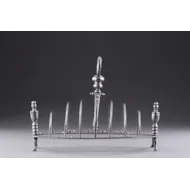
SOLD
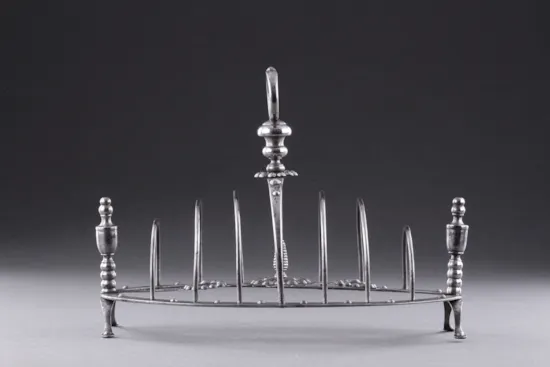
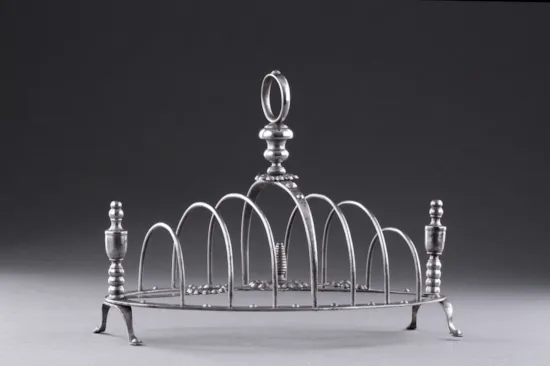
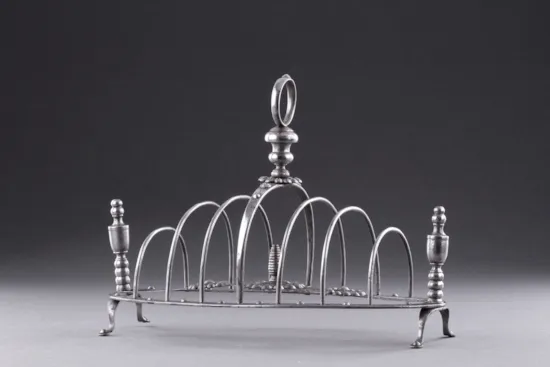
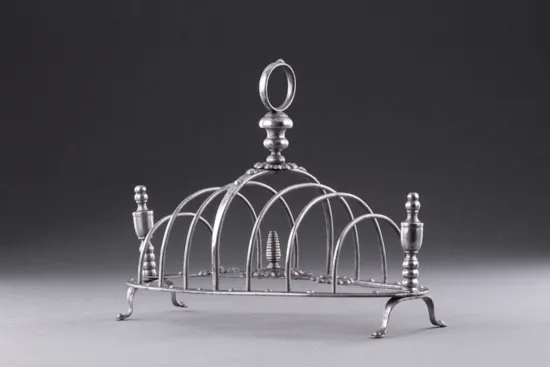
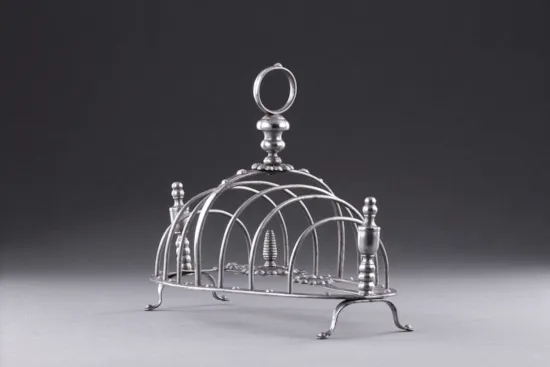
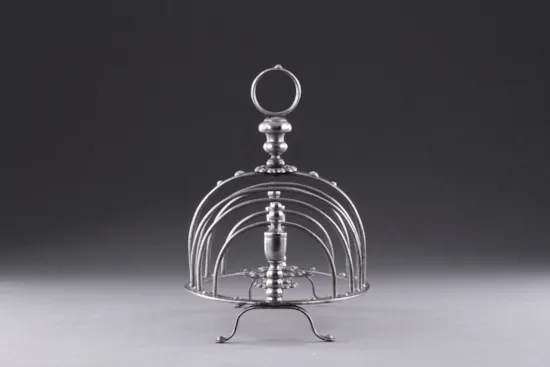
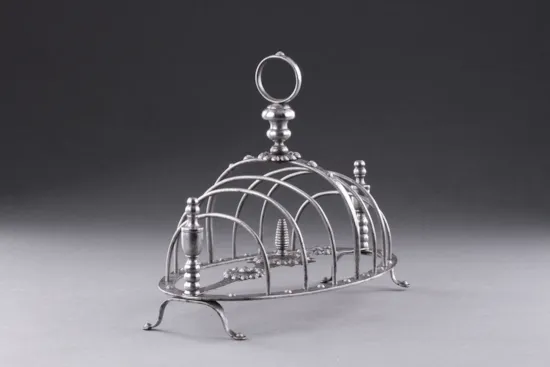
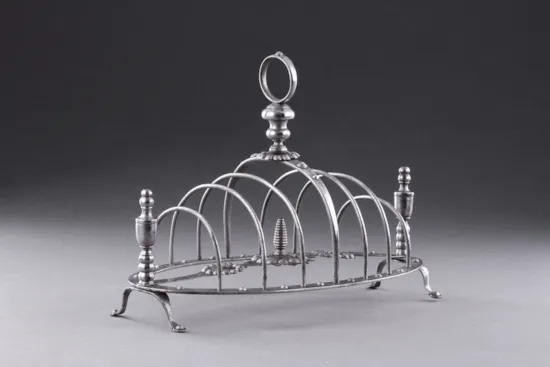
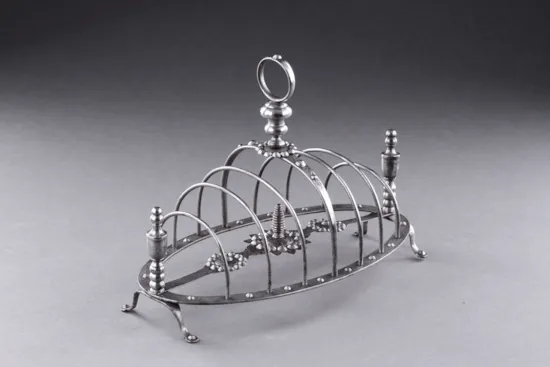
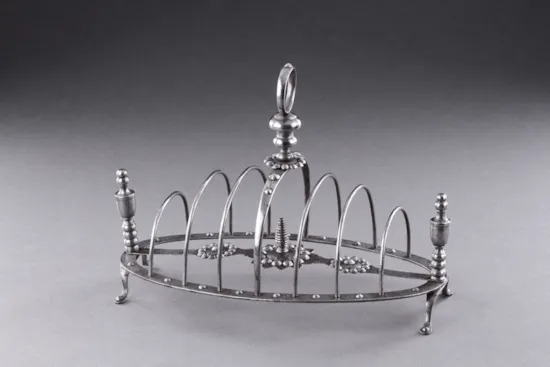
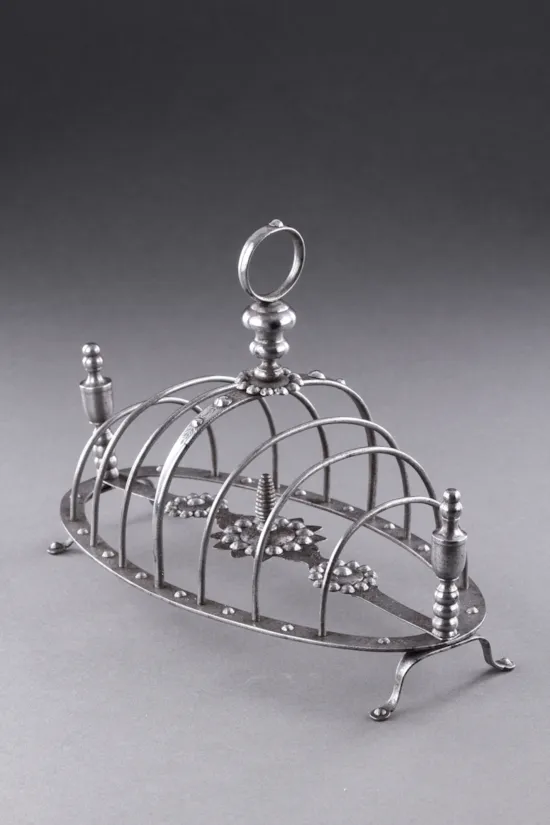
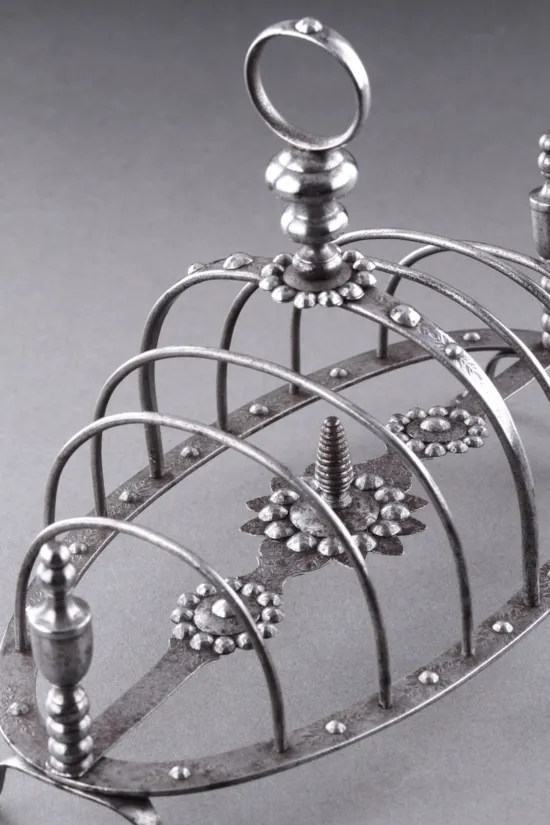
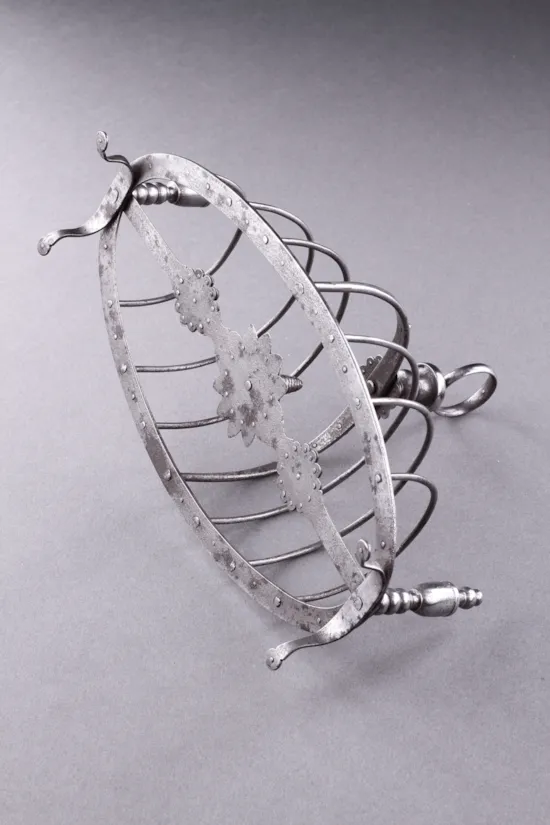













YOU MAY ALSO LIKE


